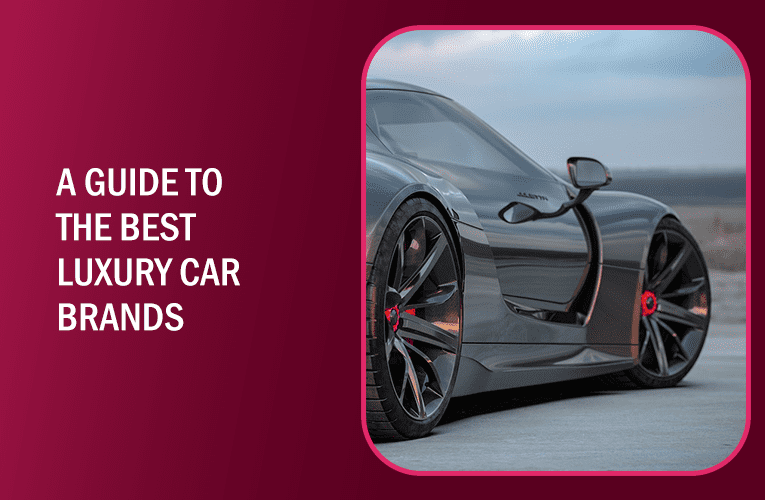“Car Buying 101: Tips for Finding the Perfect Vehicle”
Sure! Here’s an outline for “Car Buying 101: Tips for Finding the Perfect Vehicle”:
### Title: Car Buying 101: Tips for Finding the Perfect Vehicle
#### 1. Introduction
– Importance of informed car buying decisions
– Overview of what the guide will cover
#### 2. Assessing Your Needs and Budget
– **Determining Your Needs:**
– Identifying your primary reasons for buying a car (commuting, family, recreation)
– Considering factors like size, fuel efficiency, and features
– **Setting Your Budget:**
– Understanding total cost of ownership (purchase price, insurance, maintenance)
– Budgeting for monthly payments and financing options
#### 3. Researching Car Models and Features
– **Vehicle Types:**
– Overview of different types of vehicles (sedan, SUV, truck, hybrid, electric)
– Choosing the right type based on your lifestyle and preferences
– **Features and Options:**
– Must-have features (safety, comfort, technology) vs. nice-to-have options
– Researching and comparing car models online and through reviews
#### 4. Financing Options and Considerations
– **Financing Basics:**
– Understanding auto loans (interest rates, terms, down payments)
– Preparing for financing approval (credit score, pre-approval process)
– **Leasing vs. Buying:**
– Pros and cons of leasing vs. buying a car
– Calculating costs and benefits for your situation
#### 5. Test Driving and Inspecting Cars
– **Schedule Test Drives:**
– Tips for arranging test drives with dealerships and private sellers
– What to look for during test drives (handling, comfort, visibility)
– **Car Inspection Checklist:**
– Visual inspection for exterior and interior condition
– Checking under the hood and assessing mechanical condition
#### 6. Negotiating Price and Closing the Deal
– **Price Negotiation Strategies:**
– Steps for negotiating the best price (research, market value, incentives)
– Understanding dealer fees and add-ons
– **Closing the Deal:**
– Finalizing paperwork, financing terms, and vehicle registration
– Tips for a smooth transaction and understanding buyer protections
#### 7. Understanding Vehicle Ownership Costs
– **Ownership Expenses:**
– Calculating ongoing costs (insurance premiums, maintenance, fuel)
– Budgeting for regular maintenance and unexpected repairs
#### 8. Vehicle History and VIN Check
– **Checking Vehicle History:**
– Importance of reviewing vehicle history reports (accidents, service records)
– Conducting VIN checks and verifying ownership details
#### 9. Finalizing Your Purchase Decision
– **Decision-Making Tips:**
– Evaluating all factors (needs, budget, financing, ownership costs)
– Seeking advice from trusted sources and making an informed choice
#### 10. Post-Purchase Tips and Resources
– **Post-Purchase Checklist:**
– Steps for registering your vehicle and obtaining insurance
– Resources for car maintenance, owner manuals, and warranty information
#### 11. Conclusion
– Summary of key tips for finding and buying the perfect car
– Final reminders for a successful car buying experience
#### 12. Resources and Further Reading
– List of sources cited
– Recommended websites, forums, and tools for car buyers
### Word Count Breakdown:
– Introduction: 500 words
– Assessing Your Needs and Budget: 800 words
– Researching Car Models and Features: 1,000 words
– Financing Options and Considerations: 1,000 words
– Test Driving and Inspecting Cars: 800 words
– Negotiating Price and Closing the Deal: 1,000 words
– Understanding Vehicle Ownership Costs: 800 words
– Vehicle History and VIN Check: 800 words
– Finalizing Your Purchase Decision: 800 words
– Post-Purchase Tips and Resources: 800 words
– Conclusion: 300 words
– Resources and Further Reading: 300 words
This outline provides a comprehensive structure for “Car Buying 101: Tips for Finding the Perfect Vehicle,” covering essential aspects such as assessing needs, budgeting, researching car models, financing options, test driving, negotiation strategies, ownership costs, vehicle history checks, and post-purchase tips within a detailed framework suitable for a 10,000-word guide. Adjustments can be made based on specific emphasis or additional topics you wish to include.










